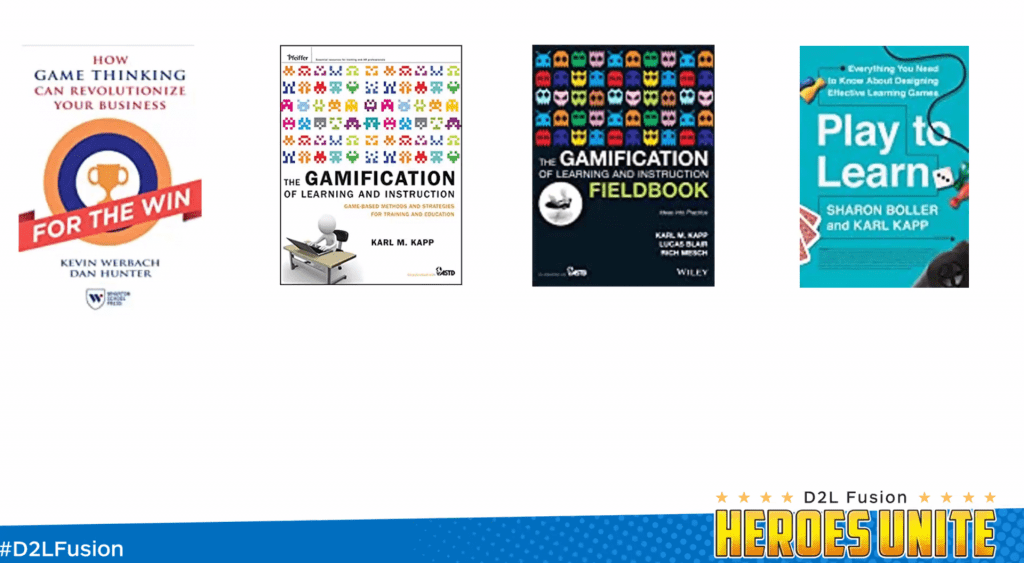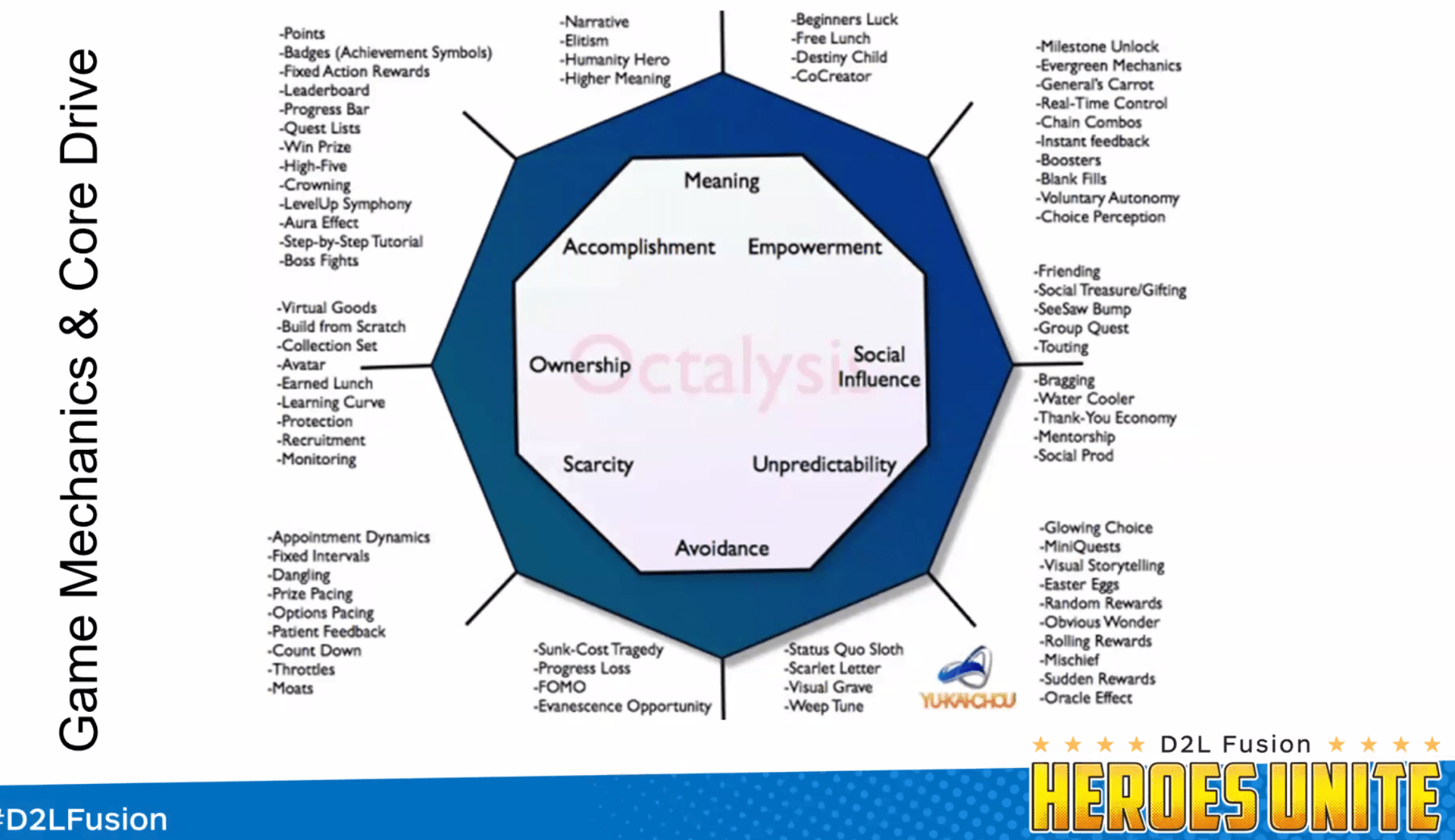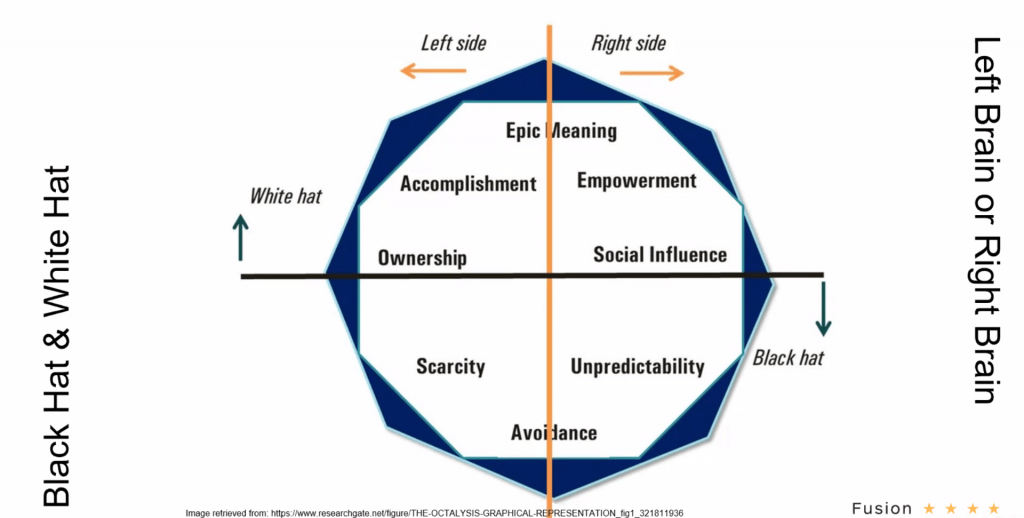Murray, J. H. (1997). Hamlet on the holodeck: The future of narrative in cyberspace. Free Press.
Since 1992 I have been teaching a course on how to write electronics section. My students include freshman, writing majors, and media lab graduate students.
As I watch the yearly growth in ingenuity among my students, I find myself anticipating a new kind of storyteller, one who is half hacker, half bard. The spirit of the hacker is one of the great creative wellspring Safari time, causing the in animate circuits to sync with ever more individualized and quirky voices; the spirit of the bard is eternal and irreplaceable, telling us what we are doing here in about we mean to one another.
p. 12 A New Medium of Storytelling
Set 600 years from now, describes a society that science has dehumanized by eliminating love, parenthood, and the family in favor of generating engineering, test tube delivery, and state indoctrination. Books are banned, and science has come up with a substitute form of storytelling to delete the masses.
p. 20 Ray Bradbury Fahrenheit 451
p. 22 this accounts of a digital dystopia but eroticize and demonize the computer. Cyberpunks surfers are like Cowboys on the new frontier motorcycle hoodlums with a joystick in their hand instead of a motorcycle between their legs. They are outlaw pirates on an endless voyage of exploration throughout the virtual world riding and plundering among the invisible data hoards of the world in many states by the stronger pirate parents who reach in and reprogram their minds.
p. 22 William Gibson Neurmancer
p. 28 The Harbinger on the the Holodeck
The technical in economic cultivation of this freestyle new medium of communication has led to several new varieties of narrative entertainment. This new storytelling formats very from the shoot them up video game in the virtual dungeons of Internet role-playing games to the post modern literary hypertext. This wide range of narrative art holds the promise of a new medium of expression that is S varied SD printed book or the movie picture.
Books printed before 1501 or cold incunabula; the word is derived from the Latin for swaddling clothes and is used to indicate that this books are the work of a technology still in its infancy.
The garish video games in tangled websites of the current digital environment or part of a similar period of technical evolution, part of a similar struggle for the conventions of coherent communication.
p. 29 now, in the incunabular days of the narrative computer. We can see how 20th century novels, films, and please have been steadily pushing against the boundaries of linear storytelling. We therefore have to start our survey of the harbingers of the holiday back with a look at multiform stories, that is, linear narrative straining against the boundary of pre-digital media like a two dimensional picture trying to burst of its frame.
p. 30 The multiform story
Frank Capra’s It’s a wonderful life
p. 34 Robert Zemeskis Back to the Future
p. 35 Harold Ramis’s Groundhog Day
Multi forms stories often reflect different points of view of the same event. p. 37 Kurosawa Rashomon, the same crime is narrated by four different people: a rape victim; her husband, who is murdered; the bandit who attacked them; and a bystander.
p. 37 Milorad Pavic’s Dictionary of the Khazars
p. 37 Multi form narrative attempts to give a simultaneous form to this possibilities, to allow us to hold in our minds at the same time multiple contradictory alternatives.
p. 38 active audience
When the writer expands the story to include multiple possibilities, the reader assumes a more active role.
p. 40 although television viewers have long been accused of being less active engaged in readers or theatergoers, research on thin culture provides considerable evidence that viewers actively appropriate the stories of their favorite series. In addition to sharing critical commentary and gossip, fans create their own stories by taking characters and situations from the series and developing them in ways closer to their own concerns.
p. 42 role playing games or theatrical in a non-traditional but thrilling way. Players are both actors and audience for one another, and events the purple tree often have the media seat of personal experience.
p. 43 Live theater has been incorporating the same qualities of spontaneity and audience involvement for some time.
p. 43 MUDs have allowed distant players on the Internet to share a common virtual space in which they can chat with one another in real time. A the social psychologist Sherry Turkle has persuasively demonstrated, mods are intensely “evocative” environments for fantasy play that allow people to create and sustain elaborate fictional personas.
p. 44 movies three dimensions
p. 51 dramatic storytelling in electronic games
p. 55 story webs
p. 59 computer scientist as storytellers
p. 65 Chapter 3 From Additive to Expressive Form
beyond multimedia
Sept 28, 1895 Arrival of the Train at La Ciotat Station
p. 66 photoplays
p. 67 one of the lessons we can learn from the history of film is that additive formulations like photo play or the contemporary catshall ‘multimedia” or a sign that the medium is in an early stage of development and it is still depending on the format derived from earlier technologies instead of exploiting its own expressive power. Today the derivative mindset is apparent in the conception of cyber space is the place to view “pages” of print or “clips” of moving video end of cedar rooms is offering “extended books.”
p. 60 ELIZA, 1966 Joseph Weizenbaum
p. 71 the four essential properties of digital environments
Digital environments are procedural
Digital environments are participatory
Digital environments are spacial
Digital environments are encyclopedic
p. 90 Digital structures of complexity
p. 95 part to the aesthetics of the medium
chapter 4 immersion
definition
The experience of being transported to an elaborate please simulator please it’s pleasurable in itself regarding of the fantasy contact. we Refer to this experience as immersion. Immersion is a metaphorical term derived from the physical experience of being submerged in water. We seek the same feeling from a psychologically immersive experience that we do from a plunge in the ocean or swimming pool: the sensation of being surrounded by a completely other reality, as different is water is from air, that takes over all of our attention, our whole perceptual apparatus.
p/ 99 entering the enchanted place
my note: ghost in the machine
The computer itself, even without any fantasy content, is an enchanted object. Sometimes it can act like an autonomous, animate being, sensing it’s environment in carrying out internally generated processes, yet it can also seem like an extension of our own consciousness, capturing our words through the keyboard in displaying them on the screen as fast as we can thank them.
p. 110 the active creation of belief
In digital environments we have new opportunities to practice this active creation of belief. For instance, in an interactive video program set in Paris that may research group designed in the 1980s for language learners, we included a working telephone, represented by a photograph of a phone who’s keypad could be clicked on .
p. 112 structuring participation with a mask .
p. 119 regulating arousal According to Winnicott, “the pleasurable element in playing Carris whit eight employee Kasian that the instructional a razzle is not excessive”; that is, the object of the imaginary world should not be too enticing, scary, or real let the immersive trance be broken. This is true in any medium. If a horror movie is too frightening, we cover our eyes or turn away from the screen.
p. 126 chapter Agency
Agency is the satisfying power to take meaningful action and see the results of our decisions and choices. We expect to feel agency on the computer when we double click on a file and seat open before us or when we enter numbers in a spreadsheet and see the totals readjust. However, we do not usually expect to experience agency within a narrative environment.
p. 129 the pleasures of navigation
One form of agency not dependent on the game structure yet characteristic of digital environment is spatial navigation. The ability to move through virtual landscapes can be pleasurable in itself, independent of the content of the spaces.
p. 130 the story of the maze
the adventure maze embodies a classic fair-tale narrative of danger and salvation. as a format for electronic narrative, the maze is a more active version of the immersive visit (chapter 4).
p. 134 Giving Shape to Anxiety
p. 137 The Journey Story and the Pleasure of Problem Solving
p. 140 Games into Stories
p. 142 Games as Symbolic Dramas
Introduction to JSON and Structured Data
Dates: November 2nd through 29th, 2020
Instructor: Robert Chavez
Credits: 1.5 CEUs or 15 PDHs
Price: $175
https://libraryjuiceacademy.com/shop/course/161-introduction-json-structured-data/
JSON is a semi-structured data format for encoding data and is a popular language for data sharing and interchange – as such it is considered a good alternative to XML. This materials in this course will cover all the core JSON syntax and data structures as well as:
– structured data as a concept
– core data structuring approaches
– the differences between XML and JSON
– when to use XML, when to use JSON
JSON itself is the language of JSON Schema and JSON-LD. We will also study core JSON Schema, a language that allows annotation and validation of JSON documents, and have an introduction to JSON-LD. JSON-LD is covered in greater depth in a follow-up course, JSON-LD Fundamentals. Both courses are follow-ups to our Certificate in XML and RDF-Based Systems.
https://libraryjuiceacademy.com/shop/course/171-json-ld-fundamentals/
https://libraryjuiceacademy.com/certificate/xml-and-rdf-based-systems/
Robert Chavez holds a PhD in Classical Studies from Indiana University. From 1994-1999 he worked in the Library Electronic Text Resource Service at Indiana University Bloomington as an electronic text specialist. From 1999-2007 Robert worked at Tufts University at the Perseus Project and the Digital Collections and Archives as a programmer, digital humanist, and institutional repository program manager. He currently works for the New England Journal of Medicine as Content Applications Architect.
Course Structure
This is an online class that is taught asynchronously, meaning that participants do the work on their own time as their schedules allow. The class does not meet together at any particular times, although the instructor may set up optional synchronous chat sessions. Instruction includes readings and assignments in one-week segments. Class participation is in an online forum environment.
++++++++++++++++
more on JSON in this IMS blog
https://blog.stcloudstate.edu/ims?s=json
Abrizah, A., Inuwa, S., & Afiqah-Izzati, N. (2016). Systematic Literature Review Informing LIS Professionals on Embedding Librarianship Roles.
Journal of Academic Librarianship,
42(6), 636–643.
https://doi.org/10.1016/j.acalib.2016.08.010
identifies and documents embedding librarianship roles as reported in the Library and Information Science (LIS) literature.
Findings The roles of embedded librarians were identified, especially in the context of service delivery, all of which reported to be applied to academic libraries. Information literacy instruction, research and other scholarly activities, distance and online learning as well as embedding in classrooms, were described as ways of ensuring successful embedding librarianship. Implications The roles reported in the literature should inform practicing librarians contemplating embedding practices, guide formal embedded librarianship programs, and encourage other librarians to consider new skills in support of embedding roles.
p. 637 The idea behind EL model is to demonstrate librarians’ expertise asinformation specialists and to apply this expertise in ways that willhave a direct and deep impact on the research, teaching or otherworks being done (Carlson & Kneale, 2011).Carlson and Kneale(2011)pointed out that as librarians seek to redefine themselves, themodel of EL is generating interest as an effectual way of applying theknowledge and skills of librarians towards the information challengesof the digital age.
Faculty collaboration with the embedded librarian is the core of em-bedded information literacy instruction. Faculty-librarian relationshipbuilding is of great significance because the two must work closely to-gether over an extended period of time, it is essential that librarianschoose their partnership carefully. Several librarians stress the need towork only in partnerships where there is trust and mutual respect(Carncross, 2013). Librarians build these relationships in differentways, while collaborative relationship can be built in numerous ways,it is essential that bothparties have common goals and know the impor-tance of developing information literacy skills in their students. The most significant collaboration are from campuses in which librarian and university administrators have made information literacy a priority on campus, and have provided librarians and faculty with the time re-quired to make the collaboration successful (Cramer, 2013).
The embedded librarian is focused on course goals and learning objectives outside of the library and across the curriculum
The review designates that EL in courses, classrooms and depart-ments see librarians conducting the following specific tasks: teach stu-dents how to be savvy searchers using computer and laptops (Boyer,2015); collaborate where librarian and faculty member teach eachother, exchanging favors, and the librarian selecting useful resourcesfor the faculty (Ivey, 2003); take part in meetings to promote librarian’spresence and establish communication with the students, researchersand faculty (Jacobs, 2010); provide access to course-related library re-sources, in-class instruction sessions, library instructional handouts, in-formation on referencing style, library Webinar information as well asteach note-taking (Bezet, 2013).
The review shows that academic libraries that engage their distancelearning communities through an embedded librarian as online co-instructors to deliver technological applications such as instant messag-ing, e-mail, and wikis. This EL model facilitates direct interaction be-tween students and librarians regardless of physical proximity.Edwards and Black (2012)andEdwards et al. (2010)evaluated the pro-gram of embedded librarians in an online graduate educational technol-ogy course and found that students were helped with their onlineassignments.
+++++++++
more on embedded librarianship in this IMS blog
https://blog.stcloudstate.edu/ims?s=embedded



